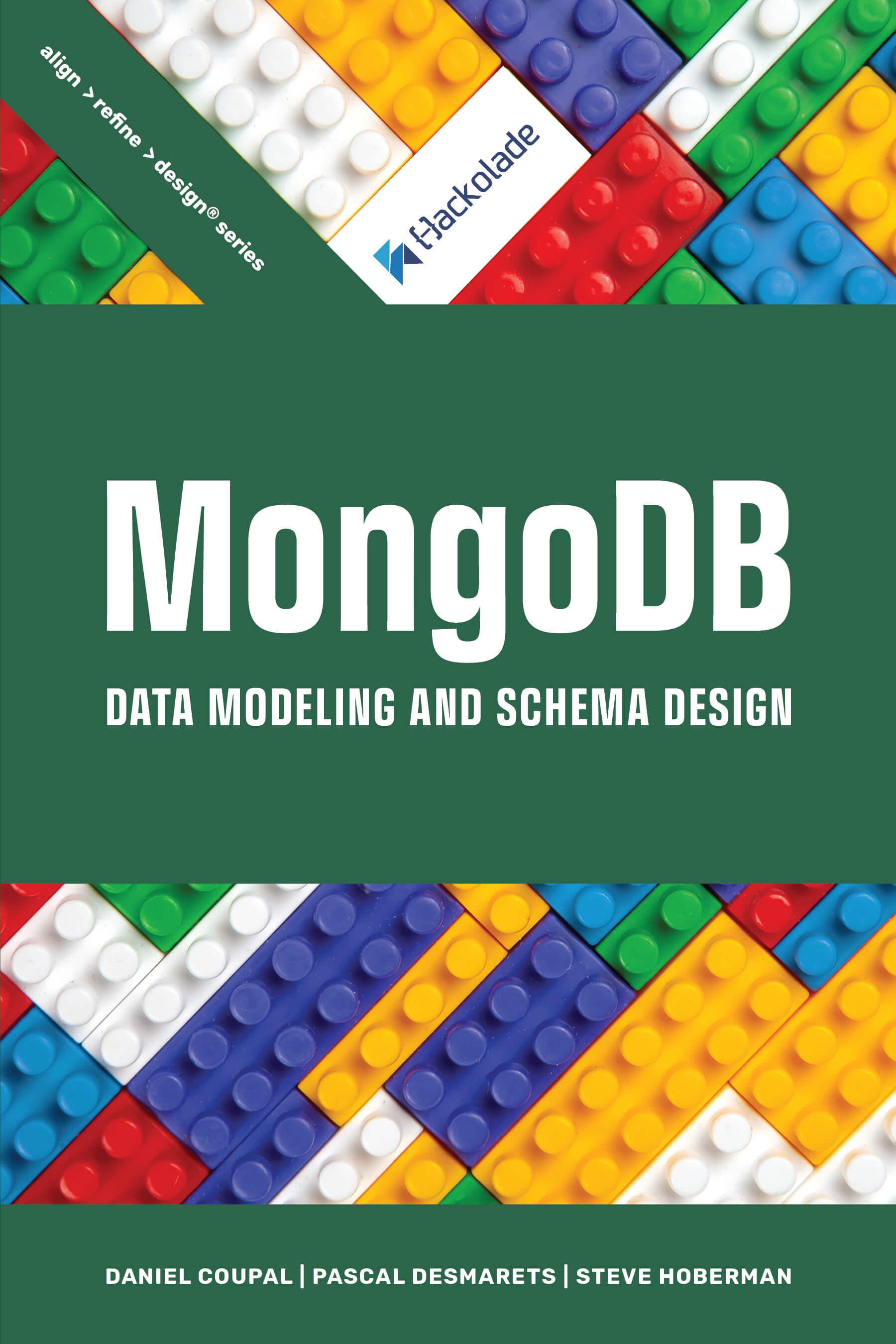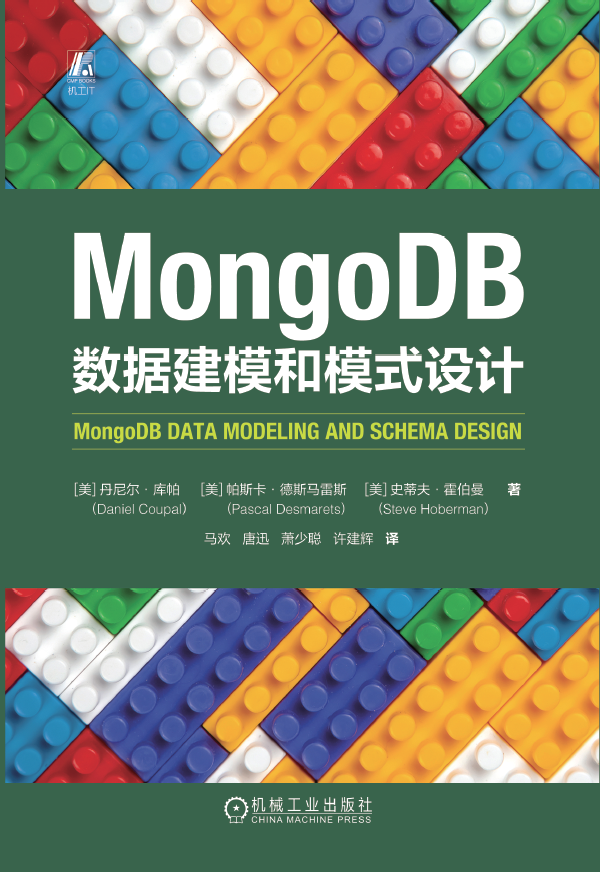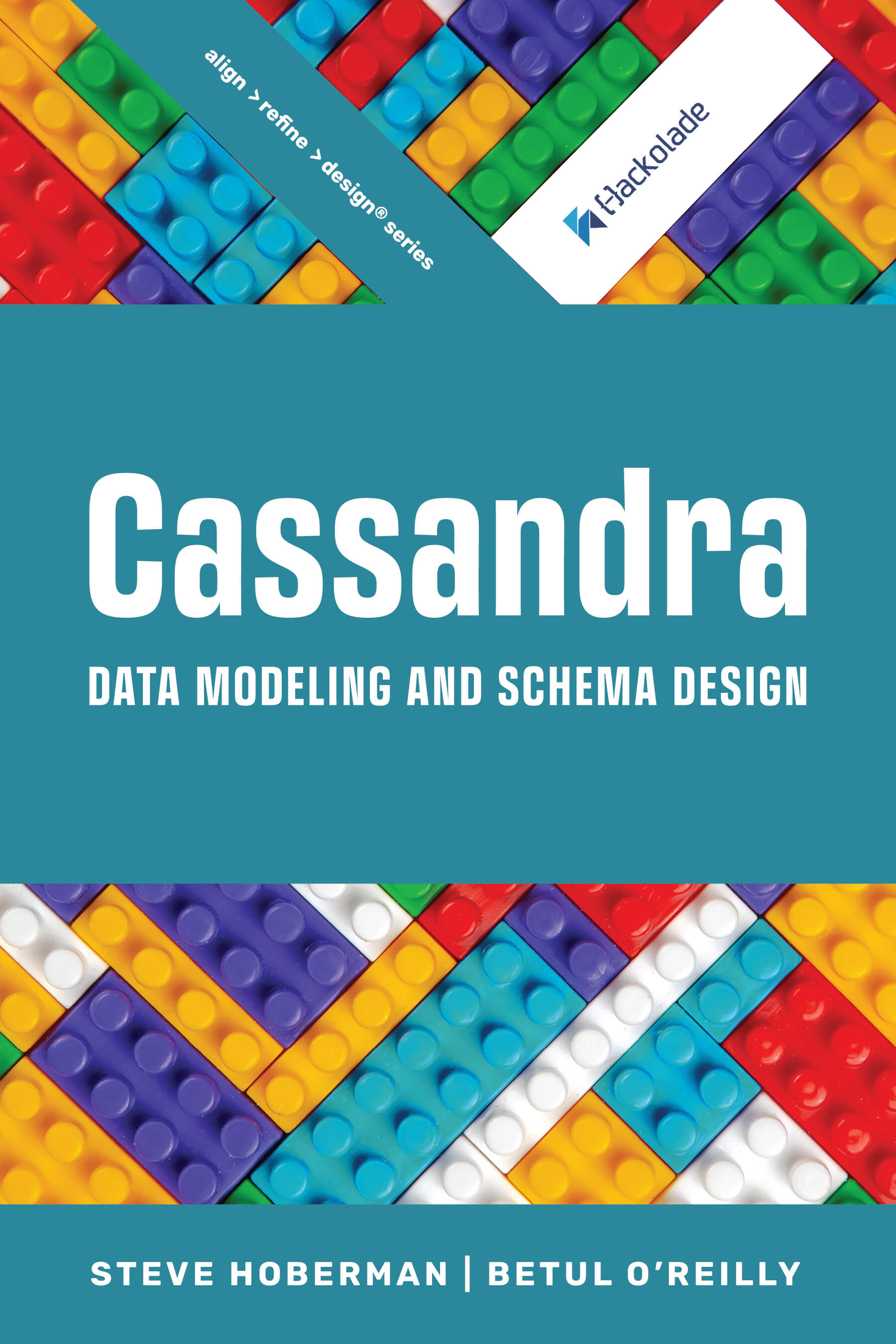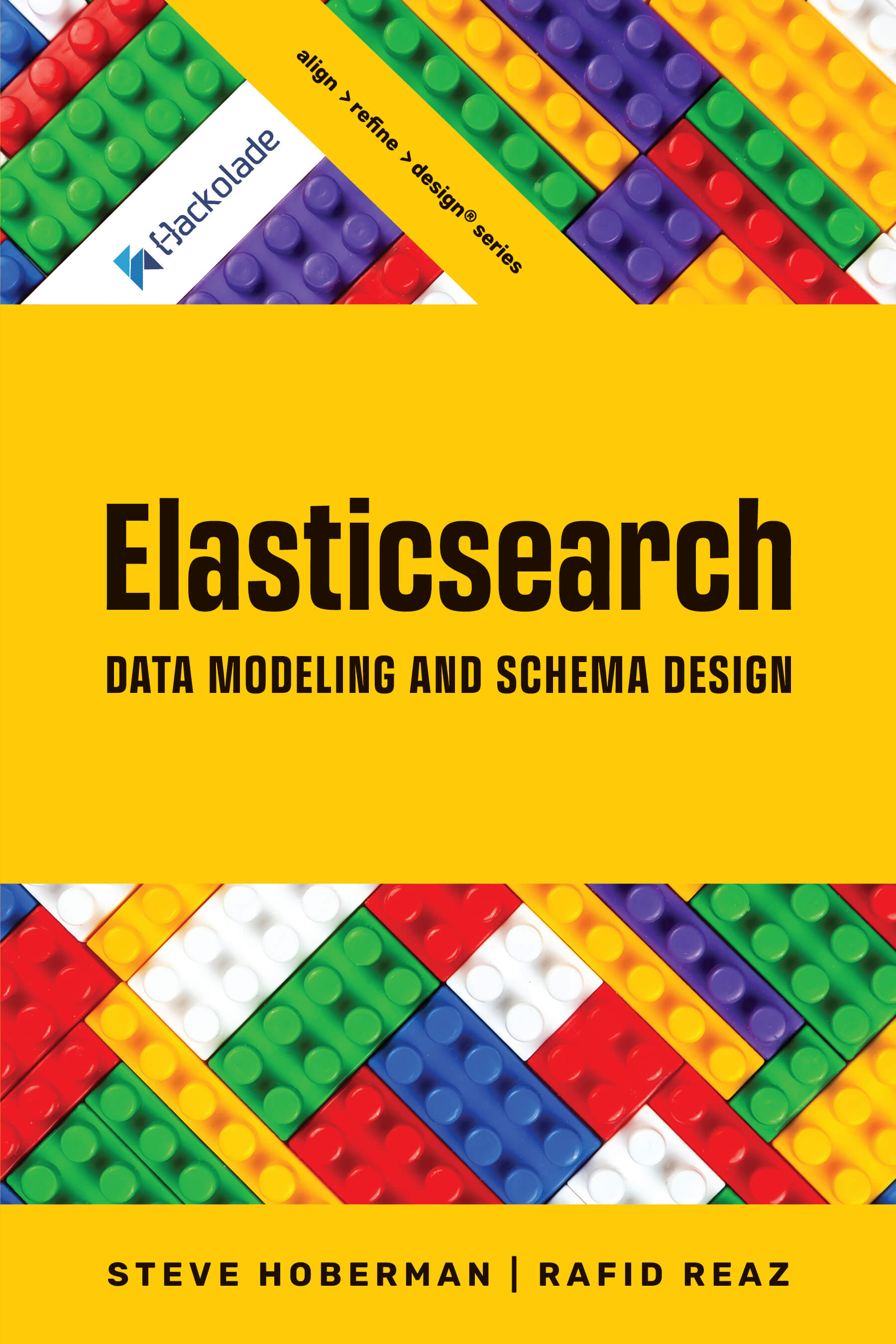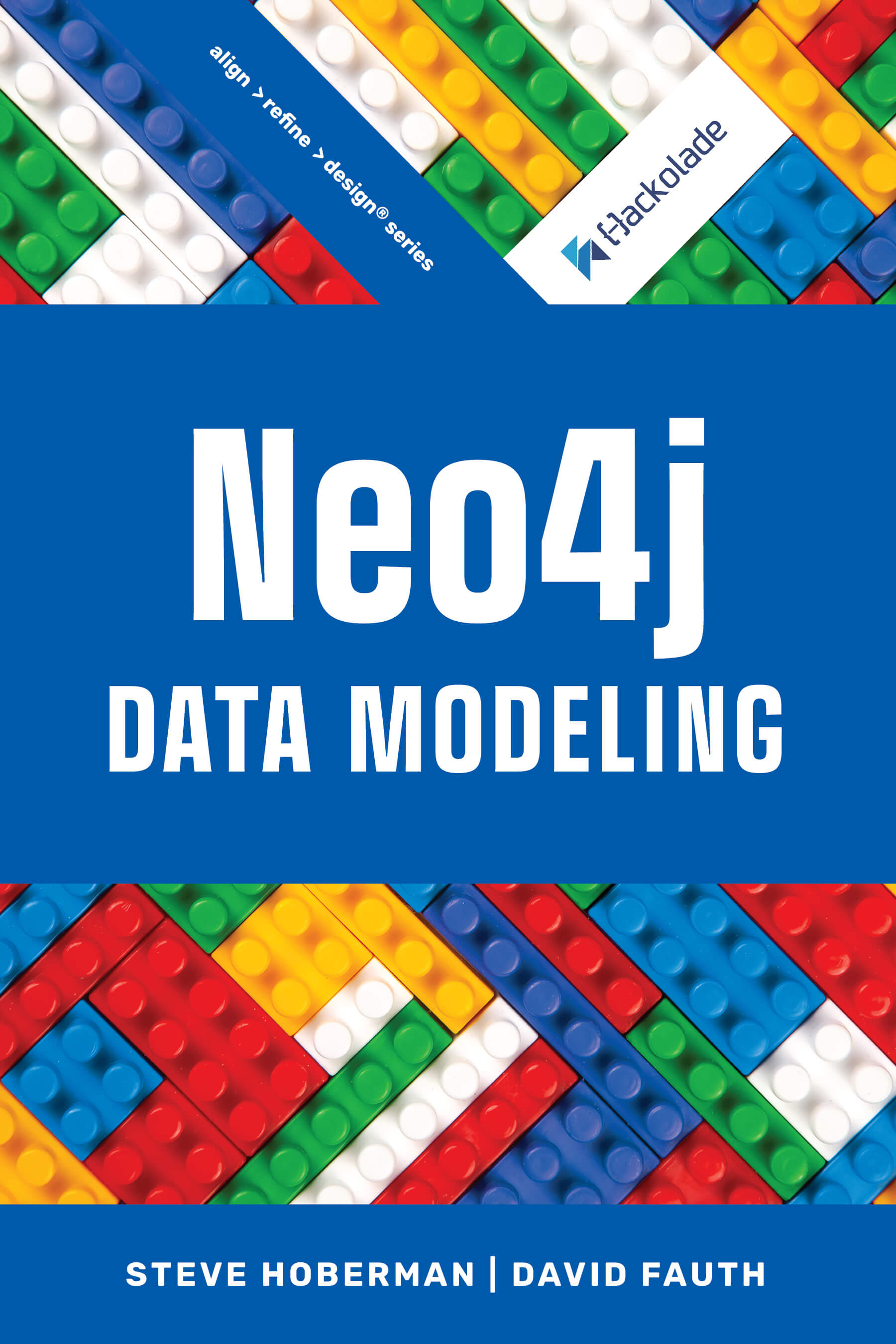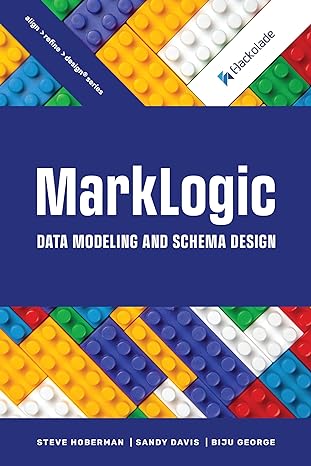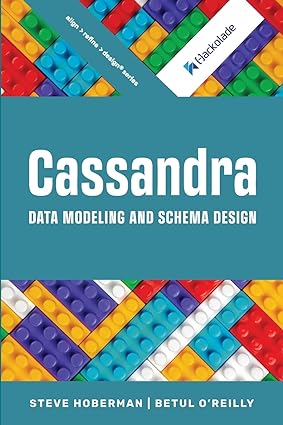Books
JSON-Relational Duality
MongoDB Data Modeling and Schema Design
MongoDB has become increasingly popular as a leading NoSQL database. Its flexibility, scalability, and ease of use have made it a popular choice for many developers and businesses. MongoDB's document-based model allows for flexible storage of complex data and easy evolution of the schema.
As it turns out, data modeling is even more important for MongoDB than for relational databases, as there are no guardrails like the rules of normalization. The consequence is that the responsibility to ensure consistency, integrity, and quality shifts elsewhere.
Learn how to properly design your data model with MongoDB to avoid problems later.
Our role with this book is to make you aware of all of the possibilities, cover the pros and cons, and share use cases. This should inspire readers as they design their schemas. The book includes a recipe for a proven approach to data modeling. It is a toolbox in which we describe no less than 16 different schema design patterns for MongoDB documents.
MongoDB design patterns are reusable solutions for many of the commonly occurring use cases encountered when designing applications that leverage persistence in MongoDB.
Read MongoDB Data Modeling and Schema Design if you are a data architect or modeler who needs to expand your modeling skills to include MongoDB, or if you are a database administrator or developer who knows MongoDB but needs to expand your schema design skills.
Most of the principles in this book are applicable to other NoSQL document databases, such as Couchbase and Amazon DocumentDB.
Purchase your copy of the book on:
Chinese version: MongoDB Data Modeling and Schema Design
Purchase your copy of the book on:
Oracle Database 23ai and 26ai Data Modeling and Schema Design for JSON-Relational Duality
JSON-Relational Duality is a revolutionary new concept that combines aspects of relational databases and document databases in one combined data model. The functionality was recently released with Oracle Database 23ai (now 26ai.) With Oracle Duality Views, it is possible to maintain data integrity thanks to the relational model while providing developers with JSON objects to manipulate easily in application code.
This means that applications can access (create, query, modify) the same data as a set of JSON documents or as a set of related tables and columns, and both approaches can be employed at the same time.
In this book you will learn how to:
- Not be forced into making compromises between normalization and NoSQL
- Eliminate data duplication and the risk of inconsistencies when working with JSON documents
- Design the optimal schema for duality views and avoid object-relational impedance mismatch for your developers
Read Oracle Database 23ai Data Modeling and Schema Design for JSON-Relational Duality if you are a data architect or modeler who needs to expand your modeling skills to include Oracle 23ai and 26ai Duality, or if you are a database administrator or developer who knows Oracle but needs to expand your schema design skills.
Order your copy of the book on:
Cassandra Data Modeling and Schema Design and Vector Search
Apache Cassandra is designed to handle large amounts of data across many commodity servers, providing high availability through robust support for clusterspanning of multiple datacenters and asynchronous masterless replication and low latency operations. It is essentially a hybrid between a key-value and a column-oriented database. Rows are organized into tables. The first component of a primary key is a partition key, and rows clustered by the remaining columns of the key. Other columns may be indexed separately from the primary key.
Some statements like CREATE TABLE make it seem like you can model your data like a relational database. This is very deceptive, as Cassandra does not support joins. This book explains in details, not only Cassandra features, but how to best leverage them with a thorough understanding of 9 different schema design patterns, and 5 anti-patterns.
Read Cassandra Data Modeling and Schema Design if you are a data architect or modeler who needs to expand your modeling skills to include Cassandra, or if you are a database administrator or developer who knows Cassandra but needs to expand your schema design skills.
Purchase your copy of the book on:
Data Modeling and Schema Design for Elasticsearch
Elasticsearch, although primarily known as a search and analytics engine, can also be considered as a NoSQL database. It is designed to store and retrieve large volumes of structured and unstructured data in a distributed and scalable manner. Elasticsearch stores data in a schema-less JSON format, allowing for flexible and dynamic data modeling. It provides powerful indexing and querying capabilities, allowing you to search and retrieve data based on various criteria and perform aggregations for analytics purposes. With its distributed architecture and built-in replication, Elasticsearch ensures high availability and fault tolerance. It's a popular choice for applications that require fast and efficient data retrieval, real-time analytics, and horizontal scalability.
Read Elasticsearch Data Modeling and Schema Design if you are a data architect or modeler who needs to expand your modeling skills to include Elasticsearch, or if you are a database administrator or developer who knows Elasticsearch but needs to expand your schema design skills.
Purchase your copy of the book on:
MarkLogic Data Modeling and Schema Design
MarkLogic is a database designed from the ground up to make massive quantities of heterogeneous data easily accessible through search. MarkLogic is a leading 'multi-model' database, supporting traditional relational tables, XML and JSON documents, and RDF triples, all with ACID transactions capabilities.
Our role with this book is to make you aware of all of the possibilities, cover the pros and cons, and share use cases. This should inspire readers as they design their schemas. The book includes a recipe for a proven approach to data modeling. It is a toolbox in which we describe no less than 14 different schema design patterns for MarkLogic.
MarkLogic design patterns are reusable solutions for many of the commonly occurring use cases encountered when designing applications that leverage persistence in MarkLogic.
Read MarkLogic Data Modeling and Schema Design if you are a data architect or modeler who needs to expand your modeling skills to include MarkLogic, or if you are a database administrator or developer who knows MarkLogic but needs to expand your schema design skills.
Purchase your copy of the book on:
Neo4j Data Modeling
Neo4j is a popular graph database that has gained popularity in recent years. Its strength lies in its ability to store and query highly connected data, making it a popular choice for applications such as social networks, recommendation engines, and fraud detection. Neo4j's unique property graph model enables developers to store data as nodes and relationships, providing a rich and expressive way to model complex domains.
Read Neo4j Data Modeling if you are a data architect or modeler who needs to expand your modeling skills to include Neo4j, or if you are a database administrator or developer who knows Neo4j but needs to expand your schema design skills.
Purchase your copy of the book on:
DynamoDB Data Modeling and Schema Design
Amazon Web Services' DynamoDB is a fully managed NoSQL database service that provides fast and predictable performance with seamless scalability. It is derived from the ground-breaking 2007 Dynamo paper which, along with Google’s 2006 Bigtable paper, popularized the concept of NoSQL databases.
Read DynamoDB Data Modeling and Schema Design if you are a data architect or modeler who needs to expand your modeling skills to include DynamoDB, or if you are a database administrator or developer who knows DynamoDB but needs to expand your schema design skills.
Pre-order your copy of the book on:
